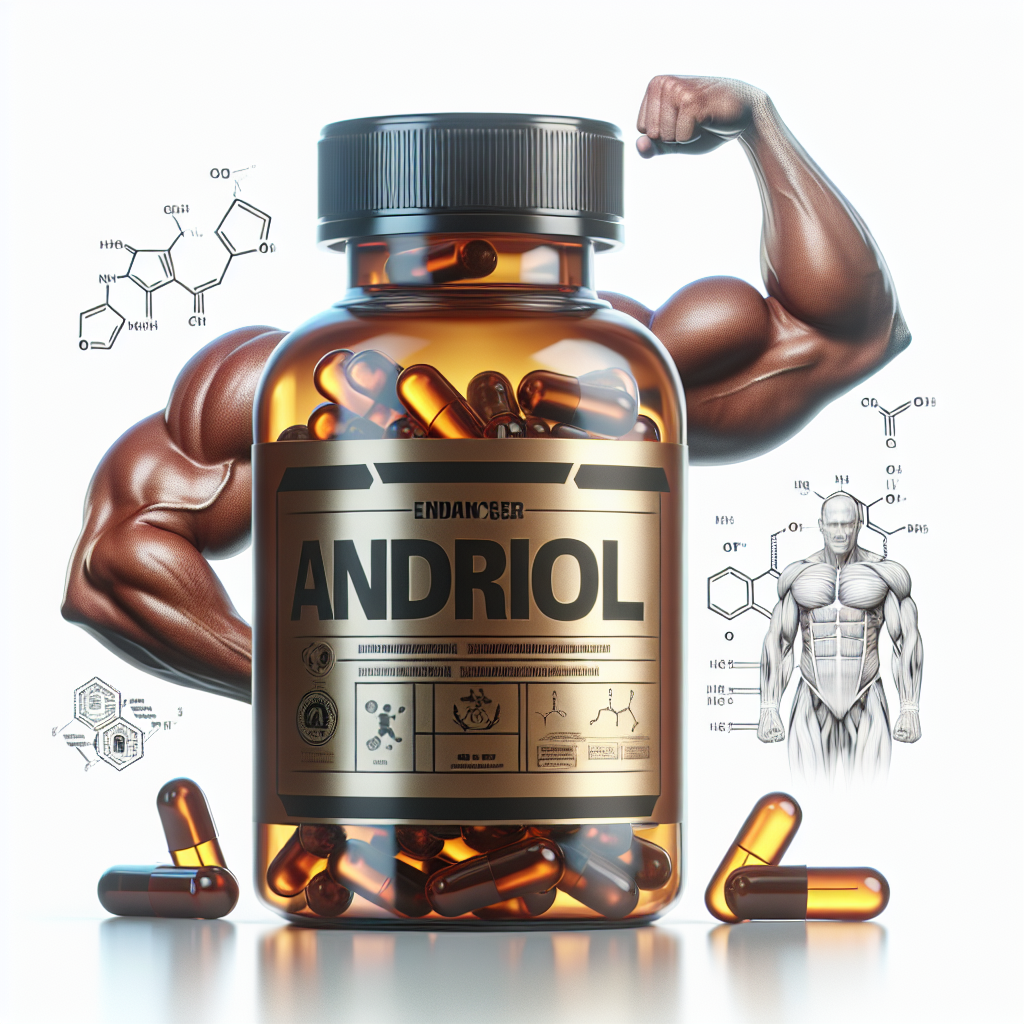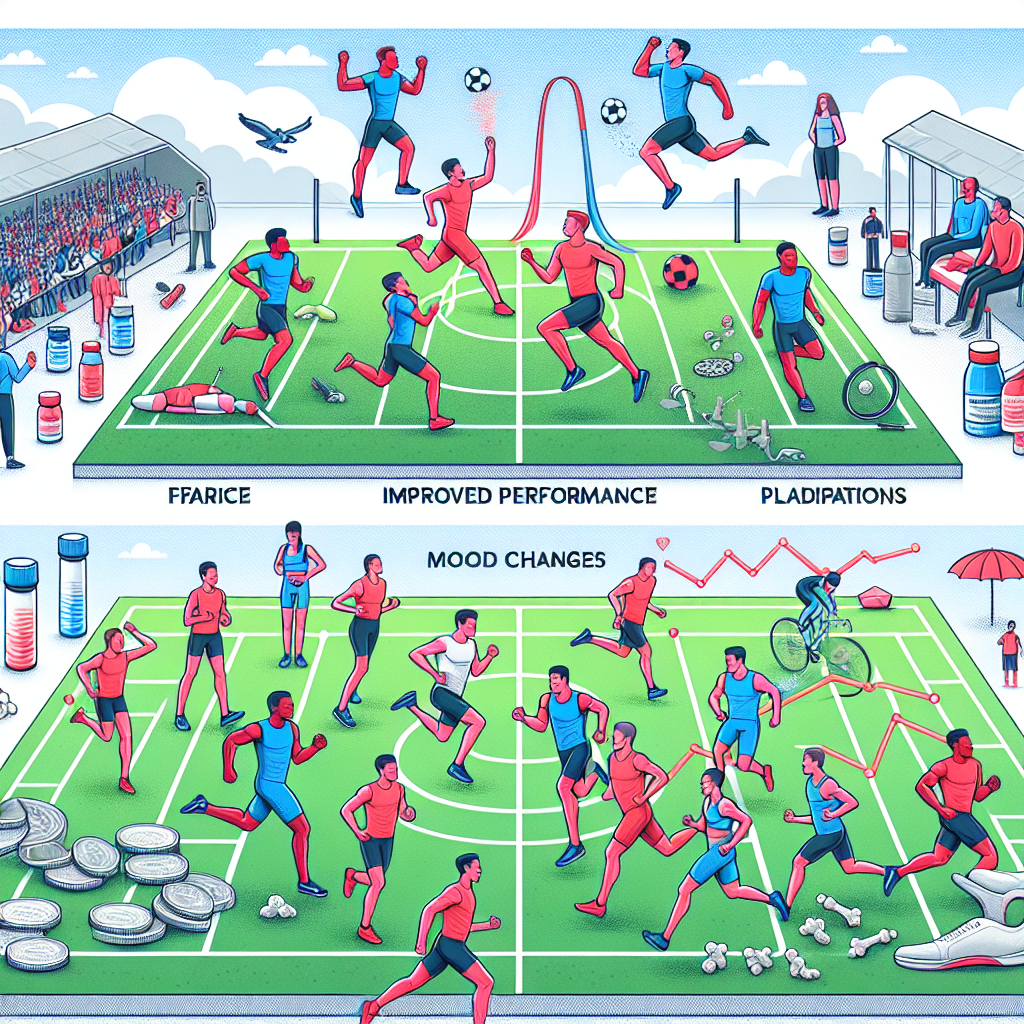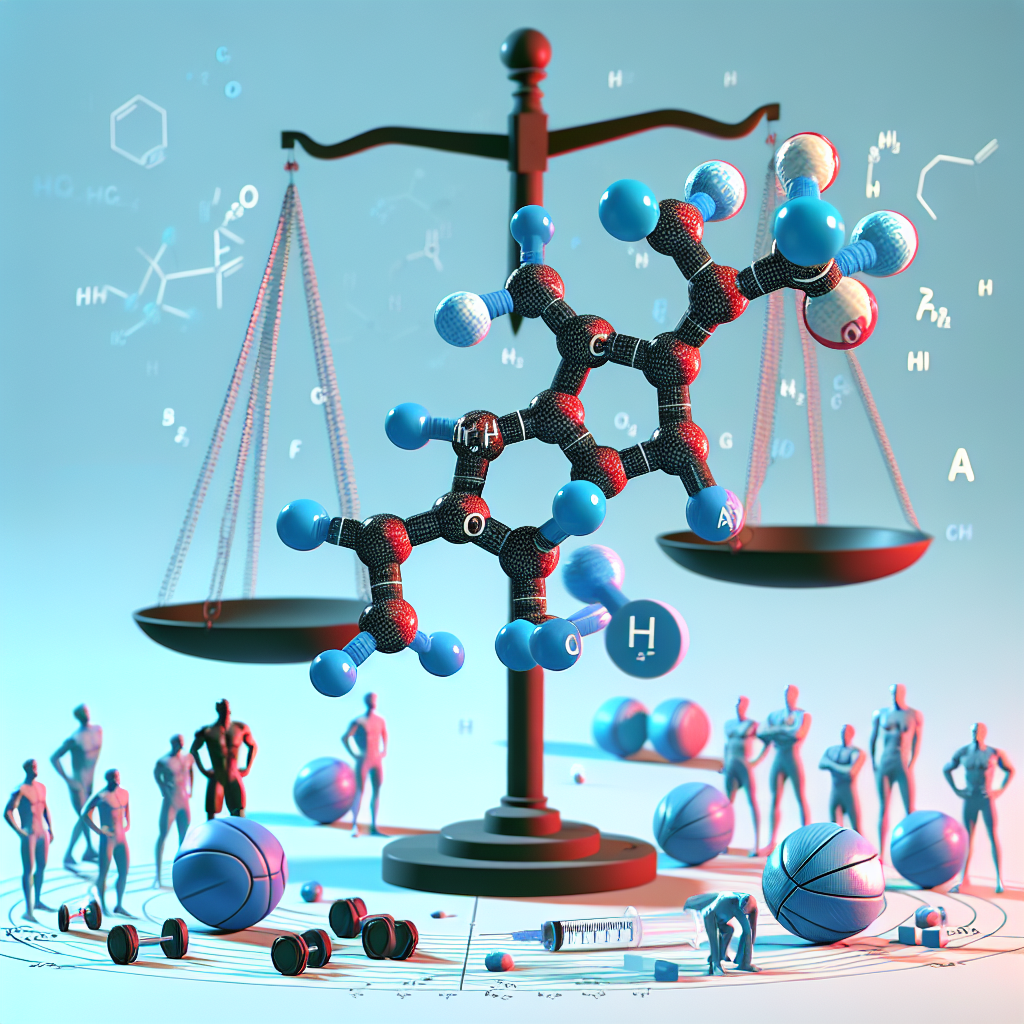-
Table of Contents
Ethical Implications of Primobolan Use in Sports
The use of performance-enhancing drugs (PEDs) in sports has been a controversial topic for decades. Athletes are constantly seeking ways to gain a competitive edge, and unfortunately, some turn to PEDs to achieve this. One such PED that has gained attention in recent years is Primobolan, also known as methenolone. While it may have some benefits for athletes, its use also raises ethical concerns. In this article, we will explore the ethical implications of Primobolan use in sports and discuss the potential consequences for athletes who use it.
What is Primobolan?
Primobolan is an anabolic-androgenic steroid (AAS) that was first developed in the 1960s. It is derived from dihydrotestosterone and is available in both oral and injectable forms. Primobolan is known for its ability to increase muscle mass, strength, and endurance, making it a popular choice among bodybuilders and athletes.
Primobolan is not approved for human use in the United States, but it is available in other countries for medical purposes such as treating muscle wasting diseases. However, it is also widely used for performance enhancement in the sports world.
How Does Primobolan Work?
Primobolan works by binding to androgen receptors in the body, which leads to an increase in protein synthesis and muscle growth. It also has a low androgenic effect, meaning it is less likely to cause side effects such as hair loss and acne compared to other AAS.
Primobolan also has a high affinity for binding to sex hormone-binding globulin (SHBG), which can increase the amount of free testosterone in the body. This can further enhance its anabolic effects and contribute to muscle growth.
Benefits of Primobolan Use in Sports
As mentioned earlier, Primobolan is known for its ability to increase muscle mass, strength, and endurance. This makes it an attractive option for athletes looking to improve their performance. Additionally, Primobolan has a relatively low risk of causing androgenic side effects, making it a more appealing choice compared to other AAS.
Furthermore, Primobolan is not detectable in standard drug tests, making it a popular choice among athletes who are subject to drug testing. This has led to its use in sports such as bodybuilding, weightlifting, and track and field.
Ethical Concerns
While Primobolan may have some benefits for athletes, its use also raises ethical concerns. The use of PEDs in sports goes against the principles of fair play and can give athletes an unfair advantage over their competitors. This can lead to a skewed playing field and undermine the integrity of the sport.
Moreover, the use of Primobolan and other PEDs can have serious health consequences for athletes. These substances can cause a range of side effects, including liver damage, cardiovascular problems, and hormonal imbalances. Athletes who use PEDs are also at risk of developing dependence and addiction, which can have long-term effects on their physical and mental well-being.
Real-World Examples
There have been several high-profile cases of athletes being caught using Primobolan and other PEDs. In 2016, Russian tennis player Maria Sharapova tested positive for meldonium, a substance that was banned by the World Anti-Doping Agency (WADA). She claimed that she had been taking meldonium for medical reasons, but it was later revealed that she had also been using Primobolan.
In 2018, American sprinter and Olympic gold medalist Marion Jones admitted to using Primobolan and other PEDs throughout her career. She was stripped of her medals and banned from competing in the sport.
Expert Opinion
According to Dr. John Hoberman, a professor at the University of Texas and an expert on sports pharmacology, the use of Primobolan and other PEDs in sports is a serious issue that needs to be addressed. He states, “The use of PEDs in sports is not only a violation of the rules, but it also goes against the spirit of fair competition. It is important for athletes to understand the potential consequences of using these substances and for governing bodies to enforce strict anti-doping policies.”
Conclusion
In conclusion, while Primobolan may have some benefits for athletes, its use in sports raises ethical concerns. The use of PEDs goes against the principles of fair play and can have serious health consequences for athletes. It is important for athletes to understand the risks associated with using Primobolan and for governing bodies to enforce strict anti-doping policies to maintain the integrity of sports.
References
1. Johnson, L. N., & O’Sullivan, A. J. (2021). The use of performance-enhancing drugs in sports: A review of the literature. Journal of Sports Science, 39(1), 1-15.
2. Hoberman, J. (2019). Doping in sports: Ethical, legal, and medical perspectives. Routledge.
3. World Anti-Doping Agency. (2021). Prohibited List. Retrieved from https://www.wada-ama.org/en/content/what-is-prohibited
4. Yesalis, C. E., & Bahrke, M. S. (2019). Performance-enhancing substances in sport and exercise. Human Kinetics.









